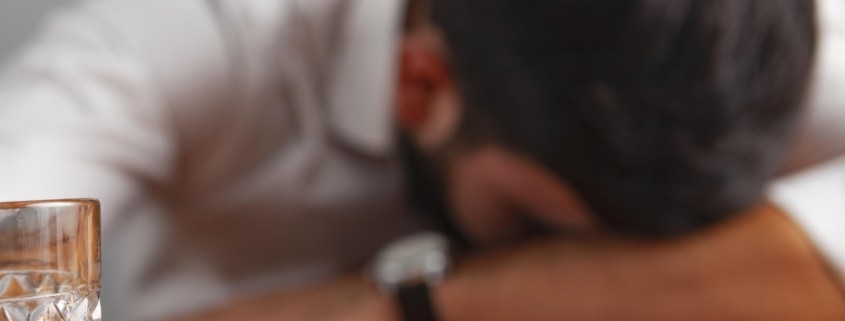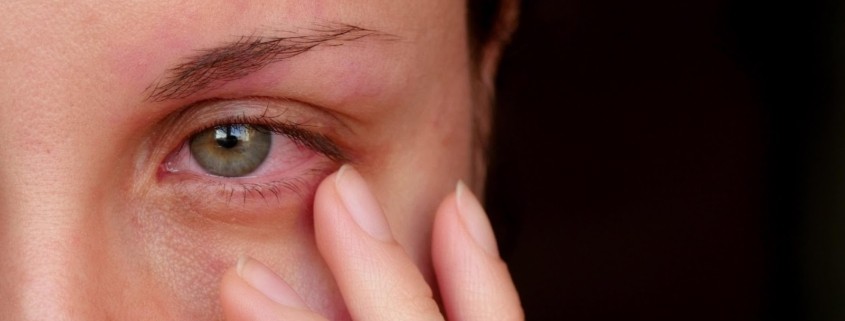What Are Alcohol Hallucinations Like?
If you are seeking help for an alcohol use disorder, you may wonder, “What are delirium tremens hallucinations?” Read on to learn about alcohol detox symptoms and risks.
Taking that first brave step toward breaking free from an alcohol use disorder can be life-changing. Alcohol detox will be the first phase of recovery. During detox, the body purges the remaining alcohol toxins and adjusts over a period of days to its absence. Detox and withdrawal prepare the person for treatment, which is a must to achieve long-term sobriety.
During withdrawal, the person will have symptoms that range from mild to severe, based on the severity of the alcohol problem. Trained detox experts will closely observe the withdrawal symptoms. This includes being on the alert for any adverse health event that might arise, such as delirium tremens (DTs) hallucinations. The DTs are a medical emergency.
How Does Alcohol Dependency Develop?
Alcohol dependence is what happens over time as brain chemistry and pathways become altered by heavy drinking. As tolerance grows, the person will consume even more alcohol, leading to dependency.
Once someone is dependent on alcohol they become sick with withdrawal symptoms when the effects of alcohol wear off. This traps the person into a constant cycle driven by cravings, alcohol-seeking behaviors, and then withdrawals. To avoid feeling sick, the person will seek more alcohol, and the cycle repeats.
Alcohol addiction is the state at which a person has a compulsive need to drink. This is the result of the brain’s reward system tricking someone into believing they must continue the disordered drinking. This happens, even despite the many problems, the drinking problem is causing in one’s life.
11 Signs of Alcoholism
Even a high functioning alcoholic will someday begin to reveal the signs and symptoms of their drinking problem. These are some common warning signs of an alcohol use disorder:
- Avoids friends and family while drinking; wants to drink alone.
- Consumes more alcohol as time goes on.
- Drinks in response to stress, sadness, anger, or disappointment.
- Hand tremors in the morning.
- Cannot remember things they said or did the night before.
- Experiences financial, legal, career, or family problems due to drinking.
- Their doctor advised them to cut down on drinking.
- They lie about how much alcohol they drink.
- They are preoccupied during the day with drinking or craving alcohol.
- They get drunk several days in a row.
- They have withdrawal symptoms when the effects of alcohol wear off.
What Happens During Alcohol Withdrawal?
When someone attempts to stop drinking it can result in physical discomfort and pain, as the body tries to adjust. This is caused by the impact drinking has had on the central nervous system over time, and on brain pathways. When the alcohol intake stops, the decreased response of GABA receptors in the brain incites withdrawal symptoms.
Excess alcohol intake causes increasing levels of toxins to be stored in the brain. This can result in the brain trying to suppress certain neurotransmitters. That is why, when someone stops drinking, these brain chemicals become hyperexcited, and withdrawals commence.
Alcohol detox withdrawal symptoms include:
- Sweating
- Hand tremors.
- Nausea and vomiting.
- Shaking
- Anxiety
- Agitation
- Irritability
- Headache
- Disorientation
- Elevated heart rate.
- Elevated blood pressure.
- Insomnia
- Seizures
- Delirium tremens.
What Are the Delirium Tremens Hallucinations?
The DTs are the most severe alcohol withdrawal symptoms. The DTs usually appear about 3 days after the last drink is consumed, but are difficult to predict. Tremors that may have begun in the hands now progress to the head and the body.
With the onset of DTs, the person will become highly uncoordinated and may experience extreme mental confusion and hallucinations. Delirium tremens hallucinations can be very frightening. The person may see images of spiders, rats, reptiles, or other things that would cause fear.
There are also auditory hallucinations, where the sounds of the creatures can be heard in the mind. Along with these, night terrors and delusions are also possible with the DTs. Sweating becomes profuse, blood pressure spikes, and the heart rate increases sharply.
The DTs occur in about 5% of those going through alcohol detox and can prove fatal to 15% of those people.
Some risk factors for DTs include:
- Age (middle age or older).
- History of seizures during alcohol withdrawal in the past.
- Abnormal liver function
- Having a co-existing mental health disorder
- Extreme alcohol cravings.
Next Steps After Alcohol Detox
After detox has finished, a structured treatment program provides the blueprint and coping skills for navigating recovery. Treatment for alcohol use disorder involves the following items:
- Therapy. During treatment, you will engage in many forms of therapy. Therapy helps you tackle thought patterns that keep you stuck in unhealthy behavior responses, then guides you toward making changes. Therapy is offered in both one-on-one and group formats.
- Education. Treatment programs include classes that teach how alcoholism develops, and also how to prevent a relapse. Psycho-social education focuses on essential coping skills for recovery.
- Holistic. Coming from a holistic approach means that each person is composed of body, mind, and spirit. With this guiding principle, treatment will include holistic treatment elements. These might include mindfulness, art therapy, yoga, massage, and acupuncture.
Detox puts you on the path to a new life, but treatment and continuing care help you remain on the recovery path. Now that you know “What are delirium tremens hallucinations?” you can move forward toward safely starting your recovery. Know that the DTs are very rare, and the detox staff is ready to provide treatment if these symptoms arise.
Bodhi Addiction Treatment Offers Expert Detox and Treatment Services for Alcoholism
Bodhi Addiction Treatment provides the most up-to-date evidence-based treatment for alcohol use disorder. Our program includes alcohol detox, through which our trained detox team will guide you safely. For any questions about alcohol detox or the DTs, please call us today at (877) 328-1968.










